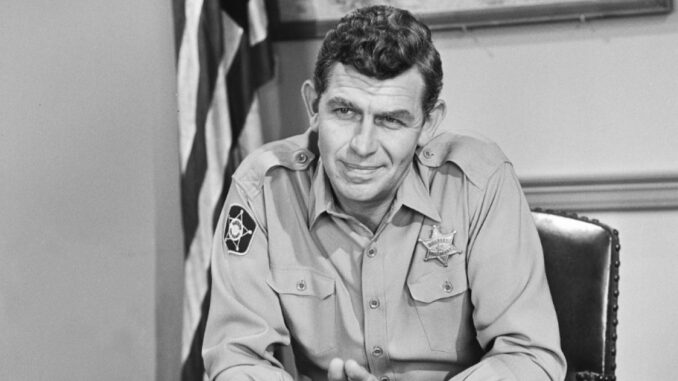
Why Andy Griffith Believed in Peace Even With a Gun in Hand
The image is etched into the collective American consciousness: Sheriff Andy Taylor of Mayberry, a man of quiet authority, his broad shoulders often adorned with a uniform, a holster at his hip. In that holster, nearly always, rested a revolver. Yet, for all the conventional trappings of law enforcement, Andy Taylor was the antithesis of the gunslinger, the enforcer, the agent of overt force. His was a peace forged not from the barrel of a gun, but from the wellspring of human understanding, community trust, and an unwavering belief in the redeemable nature of man. Andy Griffith, in bringing this character to life, illustrated a profound philosophy: that true peace isn't achieved despite the presence of power, but through its gentle, almost invisible, application, rooted in wisdom and a deep capacity for empathy.
Mayberry itself was the first canvas for this belief. It was a sun-drenched, idyllic sanctuary, a place where the biggest crimes often involved a stray cow or a mischievous prank. In such a setting, the gun on Andy’s hip was less a tool of combat and more a ceremonial accessory, a tacit acknowledgment of his office. It was a symbol, not a threat. It represented the option of force, held in reserve, underscoring the remarkable fact that such force was almost never necessary. Andy’s authority didn't stem from the gleam of his badge or the weight of his sidearm; it emanated from the warmth of his gaze, the steady calm of his voice, and the common sense that seemed to flow from him like a gentle current.
The true "weapon" in Andy Taylor’s arsenal was his mind, honed by years of observing human folly and grace. He understood the intricate dance of small-town psychology with the surgical precision of a seasoned psychiatrist. When a conflict arose, his first instinct was never to draw or threaten, but to listen, to observe, to delve into the "why" of an action rather than just the "what." He saw the mischievous impulse in Ernest T. Bass, the loneliness beneath Otis Campbell’s inebriation, the misplaced pride in a visiting city slicker. His solutions often involved gentle deception, subtle manipulation, or a well-placed conversation over a fishing line. He'd craft elaborate scenarios to allow a wrongdoer to save face while learning a lesson, thereby preserving their dignity and their place within the community fabric. The gun remained holstered because it was unnecessary; the human equation had a more elegant solution.
Andy’s belief in peace was fundamentally tied to his belief in the inherent goodness of people, even those who stumbled. He wasn't naive; he knew wrongdoing existed. But he operated from the premise that most people, given a chance, a little guidance, or a push in the right direction, would choose to do the right thing. He functioned less as a punitive enforcer and more as a moral compass, guiding his flock back to the path of decency. His jail cell was often more a place for a nap and a warm meal than a place of harsh incarceration, designed to allow reflection, not retribution. He understood that true justice wasn't about punishment, but about restoration – restoring individuals to their better selves, and restoring harmony to the community.
In an era increasingly defined by sensationalism and confrontation, Andy Griffith's portrayal of Sheriff Taylor offered a profound counter-narrative. He showed that the most powerful form of law enforcement isn't about overwhelming force, but about understanding, connection, and the quiet strength to de-escalate rather than escalate. The gun in his hand, ever present but rarely touched, served as a stark, yet poignant, reminder of the responsibility he carried. It symbolized not the capacity to harm, but the choice not to. It underscored the profound peace that can arise when authority is wielded with wisdom, restraint, and an unwavering faith in the human spirit, making Andy Taylor the ultimate embodiment of peace, even with a gun in hand.
